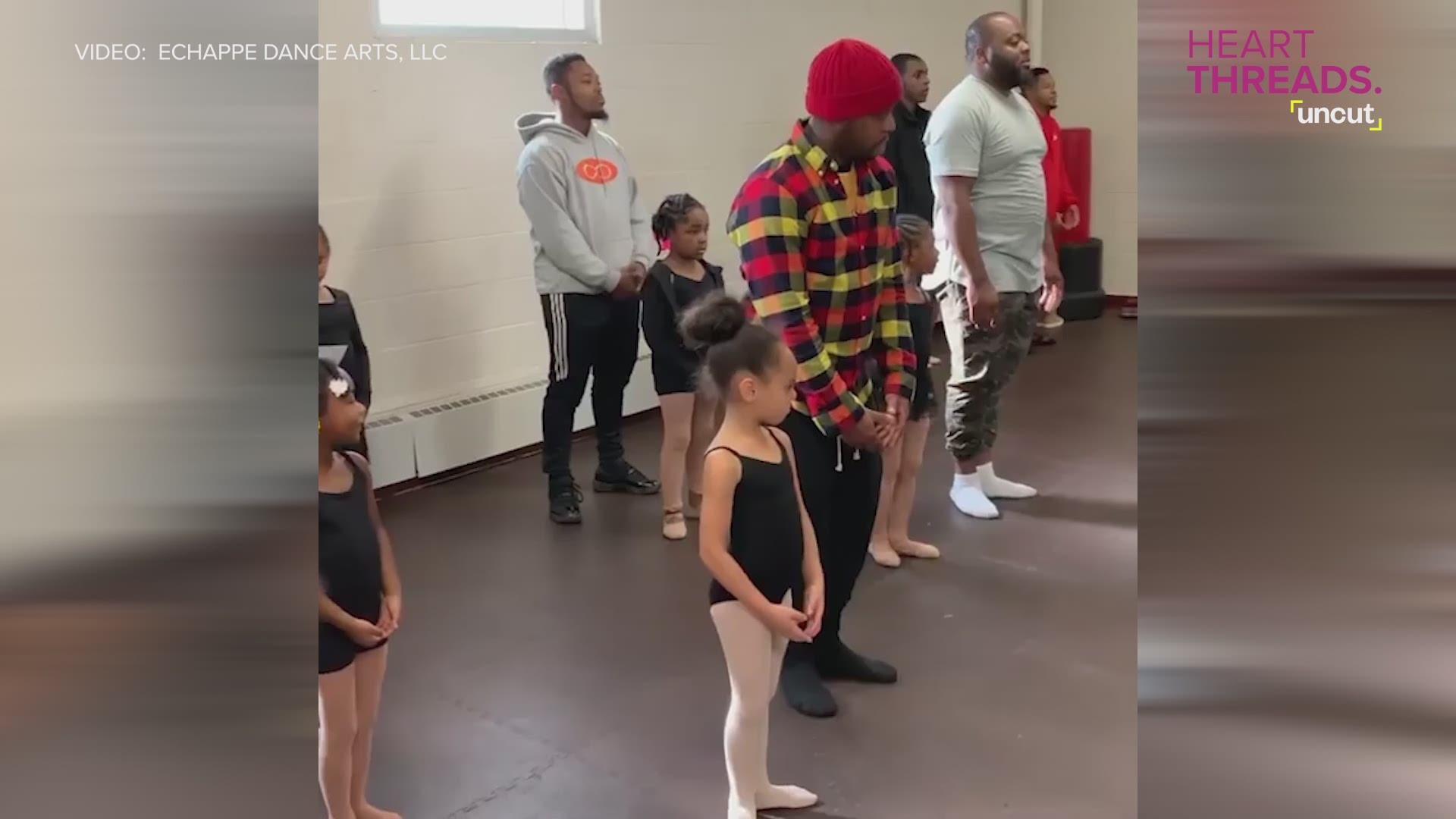Incidents involving threats to expose sexual images, or what media are calling “sextortion,” are not new, but have evolved with social media.
In a large study we recently did on the topic, we found that sextortion mostly involves the classic dynamics of abusive relationships, or malicious online seducers with a few digital-age twists. The dynamics are offensive and manipulative, to be sure, but also sadly familiar. We have seen similar dynamics in our research about sexting and other internet-related sex crimes.
We have gotten better as a society over the last generation in providing services to victims of intimate partner abuse and sexual assault, as evidenced by rape crisis centers and specialized police and prosecution units. But reports of sextortion show the distance we still have to go in raising public awareness. The varieties and dynamics of all forms of sexual exploitation and intimate abuse are important for the public and policymakers to understand so we can craft prevention strategies to help victims.



